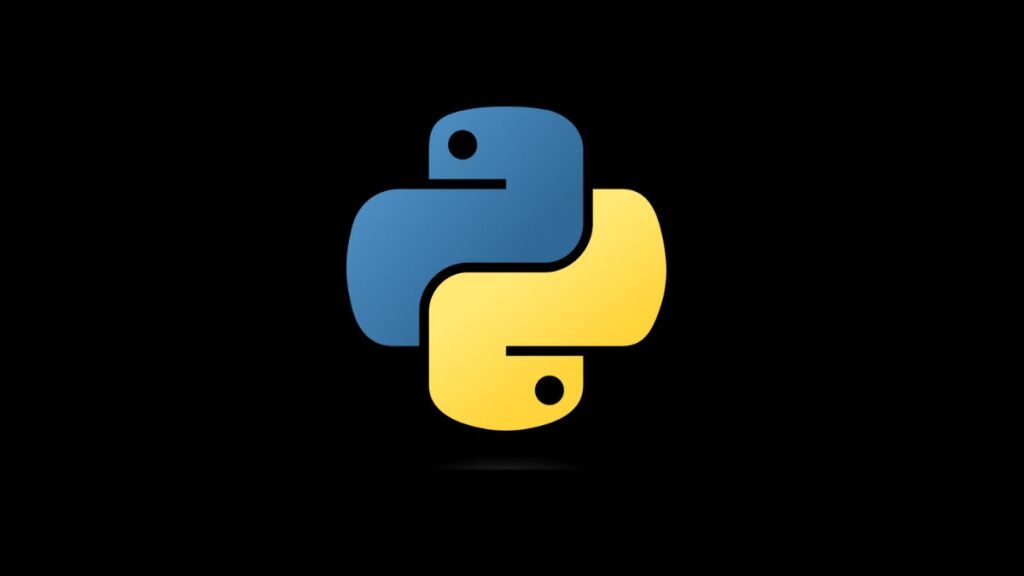XGBoost is a powerful and efficient implementation of gradient boosting that has gained popularity for its performance in machine learning competitions and its versatility in handling various types of predictive modeling tasks. However, Python developers, especially those new to machine learning or setting up their environments for the first time, might encounter the error “No Module Named ‘xgboost'” when trying to import XGBoost in their projects. This error message indicates that the Python environment does not recognize XGBoost as an installed module. The issue can stem from several sources, ranging from incorrect installation procedures to virtual environment mishaps. This article provides a comprehensive guide on diagnosing and resolving this issue, ensuring a smooth setup for utilizing XGBoost in your Python projects.
Understanding the Error
The “No Module Named ‘xgboost'” error occurs when Python cannot find the XGBoost package in the current environment’s site-packages. This situation usually arises under the following circumstances:
- XGBoost has not been installed in the current Python environment.
- There is an environment path issue, causing Python not to look in the correct location for installed packages.
- The installation of XGBoost was unsuccessful or corrupted.
- There might be a mismatch between the Python version used for installing XGBoost and the one used for running the application.
Steps to Resolve the Error
Step 1: Verify XGBoost Installation
First, check if XGBoost is installed in your current environment by attempting to locate the package information using pip:
pip show xgboostIf the command returns package information, XGBoost is installed in the current environment. If not, you need to install it.
Step 2: Install XGBoost
If XGBoost is not installed, you can easily install it using pip, Python’s package installer. Run the following command in your terminal or command prompt:
pip install xgboostIn some scenarios, especially when working with multiple Python versions, you might need to ensure that you’re using the pip version corresponding to your project’s Python version. You can use pip3 explicitly for Python 3.x:
pip3 install xgboostStep 3: Verify Python and Pip Versions
A common cause of the “No Module Named ‘xgboost'” error is a mismatch between the Python interpreter and the pip installer used. Ensure that you’re using the correct versions of both Python and pip:
python --version
pip --versionEnsure that the pip version matches the Python version you intend to use for your project.
Step 4: Use Virtual Environments
Using virtual environments for Python projects is recommended to manage dependencies more effectively and isolate project environments. Ensure that the virtual environment is activated before installing XGBoost. If you haven’t created a virtual environment for your project, you can do so as follows:
Create a Virtual Environment:
python -m venv myenvActivate the Virtual Environment:
- On Windows:
myenv\Scripts\activate- On macOS/Linux:
source myenv/bin/activateAfter activation, run the XGBoost installation command again within the virtual environment.
Step 5: Check for IDE-Specific Configuration
If you’re using an Integrated Development Environment (IDE) like PyCharm, Visual Studio Code, or Jupyter notebooks, ensure that the IDE is configured to use the correct Python interpreter where XGBoost is installed. IDEs might have their environment configurations, separate from the system’s default Python environment.
Step 6: Reinstall XGBoost
In rare cases, the XGBoost installation might be corrupted or incomplete. Uninstalling and then reinstalling XGBoost can resolve this issue:
pip uninstall xgboost
pip install xgboostAlternative Installation Methods
- Install from Conda: If you’re using Anaconda or Miniconda, you can install XGBoost through Conda, which might resolve environment-specific issues:
conda install -c conda-forge xgboost- Compile from Source: For the latest features or specific build options, consider compiling XGBoost from the source code available on its GitHub repository. Follow the compilation instructions provided in the repository’s README.
Conclusion
The “No Module Named ‘xgboost'” error is a common hiccup for Python developers venturing into machine learning projects with XGBoost. By following the troubleshooting steps outlined above—verifying the installation, ensuring the correct environment setup, checking Python and pip versions, and possibly reinstalling XGBoost—developers can overcome this hurdle and unlock the full potential of XGBoost in their predictive modeling tasks. Proper environment management and keeping tools updated are key practices that contribute to smoother project setups and development experiences.
- How to Add Captions inside Feature Images with GeneratePress - May 8, 2024
- Car Dealership Tycoon Codes: Free Cash for March 2024 - April 9, 2024
- World Solver - April 9, 2024

